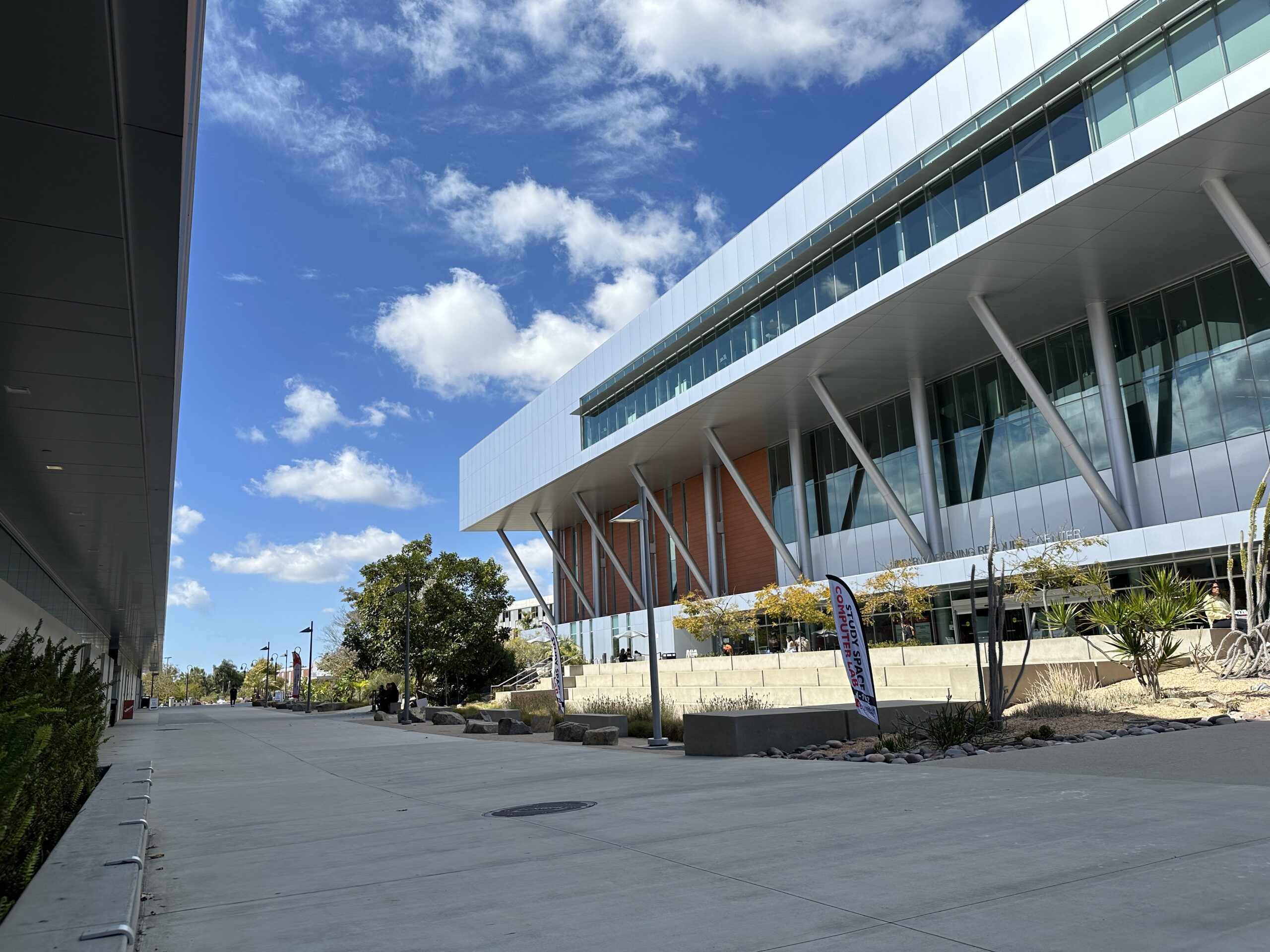While student housing for community colleges has not been a widespread phenomenon, it will increase in California.
California’s 2023/2024 student housing budget is $4 billion in grants and loans and are for University of California (UC) and California State University (CSU), as well as community colleges. With $750 million slated for developing housing and new law intended to bypass architectural review, California is set to strengthen its community college educational experience.
Assistant Superintendent/Vice President of Student Services Nick Mata said housing for community colleges is not common. Currently, it is in rural areas or “…tend to be in the urban core where housing is really critical,” he said.
Mata said the discussion for on-campus housing began prior to the pandemic. He noted there are two “modes” of housing, general and emergency, and that the discussion for housing began with the finding that an increasing number of students were precariously housed or unhoused.
Low income students, student athletes, who often come from out of state, and international students have a housing need, Mata said. Currently, Palomar is undergoing a feasibility study which is looking at student focus groups and the housing market. He said this study will also identify, “… what specific populations this housing project could serve.”
The state is offering funding, but as a loan. “And so that’s a question that the college has to ask itself. Are we in a financial situation to get into that kind of debt for student housing?” said Mata.
What do the professors and students think of possibly having dorms at Palomar College?
Student LaCraigory Garrett is on board. “I think it’s awesome,” he said. “A teenager… won’t actually have the funds to pay for rent on their own. Because the cost of living in California is so high.”
Professor Diana Ortiz said that it can teach them to be independent. She said, “Having your own space, and connections that you’ll make with roommates. Learning how to deal with people you’re not always going to get along with,” are vital skills for students to learn. She also said having the location closer to the college is a benefit. “I’ve got a lot of students who are in Murrieta who can’t afford transportation,” she said. It would save the time commuting and all the expenses that are involved in maintaining a vehicle said Ortiz.
Garrett pointed out that the homes of some students could be toxic and dorms are a safe environment. Ortiz noted that students will engage in adult behaviors and make mistakes, but the school has ways to mitigate problems that may arise, such as the role of Residential Assistants(RAs).
San Diego City College (SDCC) has already broken ground on a project set to be completed by 2028. The emphasis is on affordable housing with the rents set to be $500 below market rate. The median rent for an apartment in the county is $3000. The tenants would be students with low income, who are most in need of housing. The amenities will include tutoring, counseling, and study spaces as well as a laundry.
Community college student demographics are different from a four-year university’s student population. Approximately 64% are classified as economically disadvantaged. 35% are the first in their family to attend college. A fifth of SDCC students are homeless. About half of all community college students fit the typical profile of a student attending a four-year university.


Comments are closed, but trackbacks and pingbacks are open.